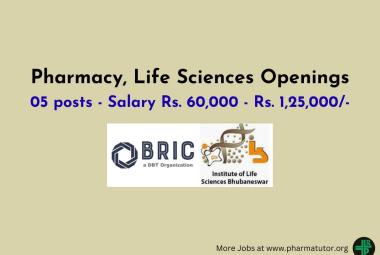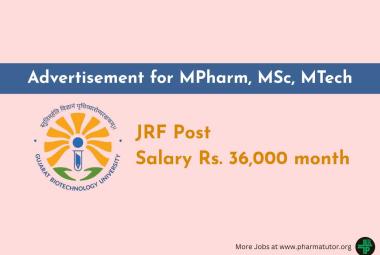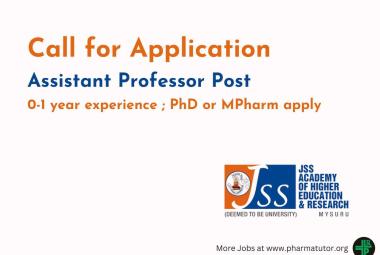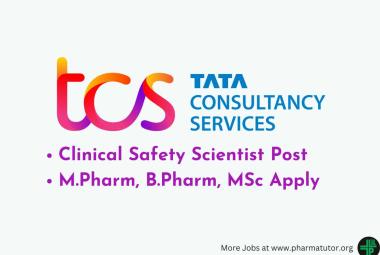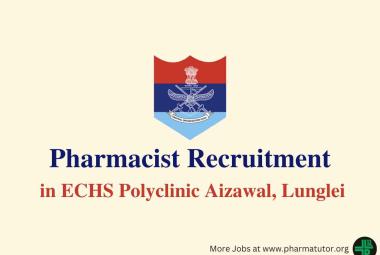Researchers at the Indian Institute of Technology-Madras have found a way to develop non-animal models to test new cancer drugs.
Human body contains different types of cells. Among them are stem cells that help in regenerating and repairing various organs and tissues. This characteristics of stem cells and the discovery of the origin of leukemia have led scientist to hypothesize that cancer may also be initiated from cells that resemble stem cells. Cancer stem cells are now thought to be responsible not only for cancer initiation but also its progression, metastasis, recurrence and drug resistance.
Scientists generally use animals in research considering that growing cancer cells on petri dish has its limitations. Normally they would place samples of cells in a dish with some appropriate medium and wait for them to grow. Since the dish has a flat surface, the growth is two-dimensional. This is unlike what happens in the body where cells are spherical. Another method is bioreactors which are small capsules in which cells can grow into spheroids. However, many physical cues play a vital role in determining the way cancer cells work and these are not available in bioreactors.
Studies have shown that many internal and external conditions determine the effect of these physical factors on cell fate and functions. In particular, experiments in outer space and on ground have shown that gravity is one of the significant conditions. The condition of less gravity or microgravity was found to help increase the proportion of cancer stem cells in cancerous tumour in comparison to other cells.
Researchers at IIT-Madras have come up with a new strategy to simulate microgravity in their laboratory by using equipment called rotary cell culture system. With its help, they have been able to increase the level of cancer stem cells in a sample of human colorectal cancer cell. “We have observed distinct features of cancer stem cells including CD133/CD44 dual positive cells and migration,” Prof. Rama Shanker Verma, group leader, said while speaking to India Science Wire.
Dr. Verma said “the technique may be used for development of organoids for drug testing, thus avoiding animal model. In addition, the model can be used to understand the cell death pathways in cancer, for identification of target zones in and eventually develop the drugs”.
The research team included Raj Pranap Arun, Divya Sivanesan, Bamadeb Patra and Sudha Varadaraj. The findings have been published in journal Scientific Reports.
- India Science Wire


